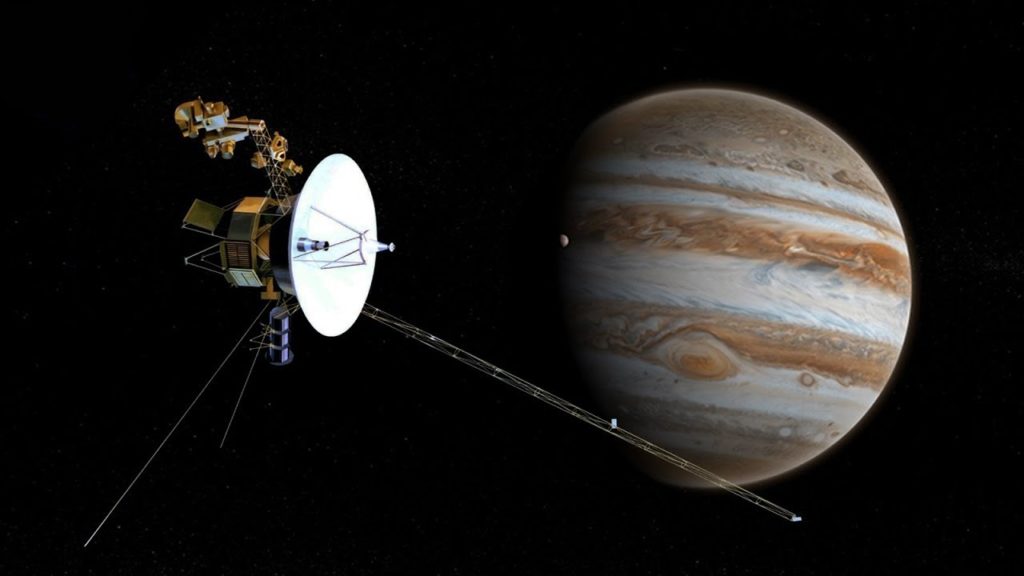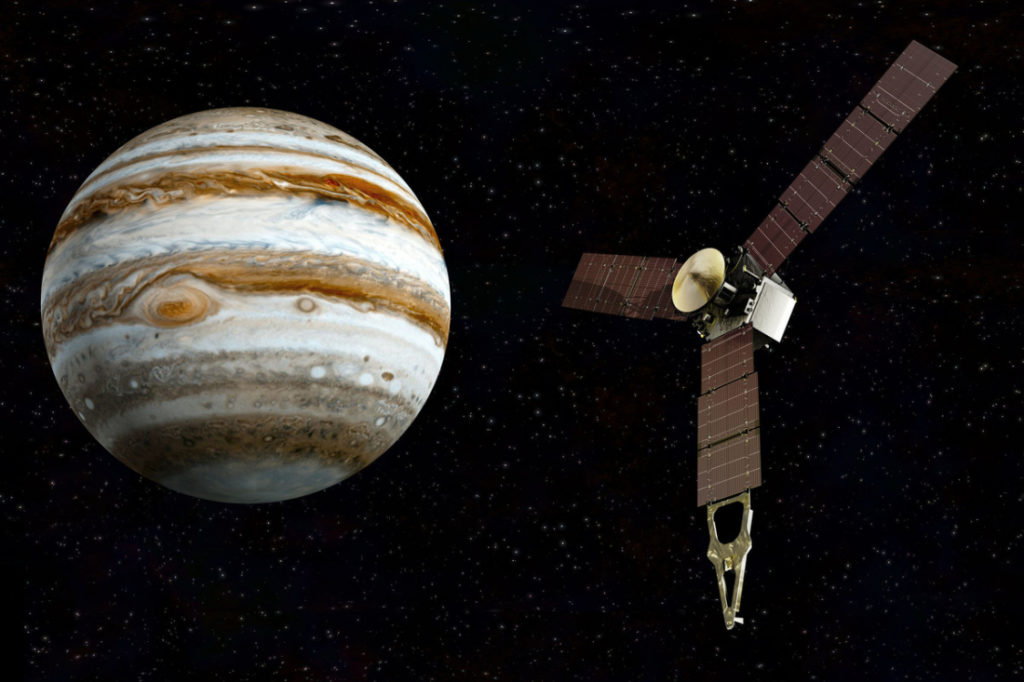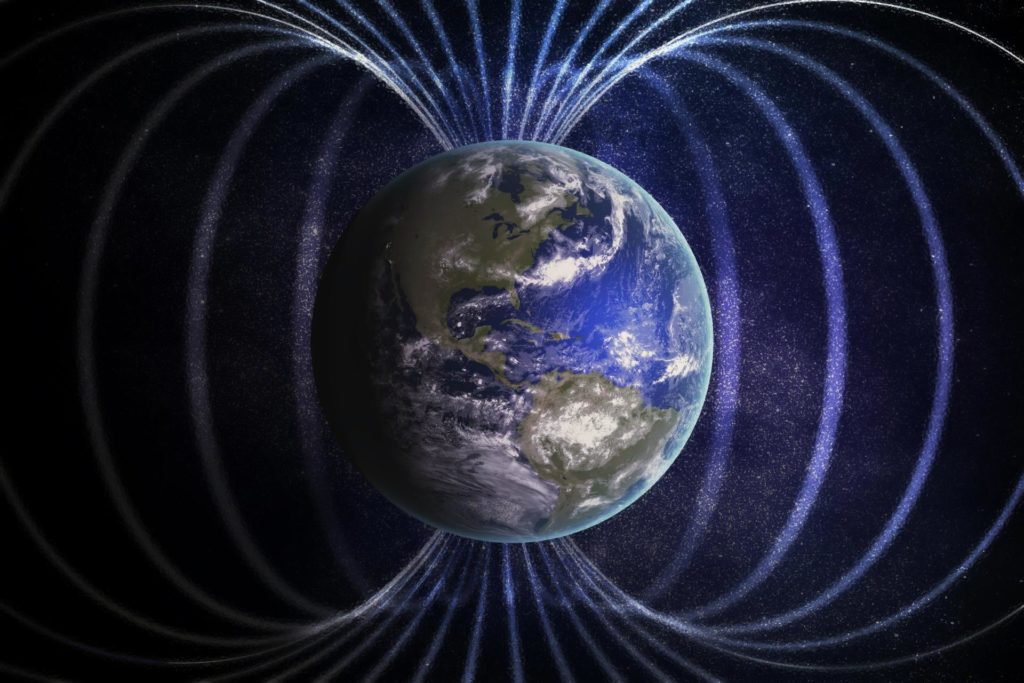NASA – Voyager Mission – Oscillator Strength Measurements – NAGW-632

On March 5, 1979, the mass spectrometer on Voyager 1 detected highly ionized species of sulfur in the Jupiter magnetosphere as it flew past Jupiter’s moon Io. On March 8, 1979, three days after passing Jupiter, Voyager 1 took images of eight plumes on Io which appeared to be from volcanic activity. These highly ionized species of sulfur are uncommon in natural occurrence and atomic data was unavailable for modeling. I developed a laboratory method of creating highly ionized sulfur atoms from SF6 molecules and measured the oscillator strengths, which are the probabilities of emission of radiation for transitions between energy levels of the atom. New oscillator strength measurements of highly ionized sulfur, oxygen, and nitrogen were made. These ionized emissions serve as important diagnostic probes of energy and chemical composition in planetary and astrophysical plasmas.
NASA – Space Shuttle – EUV Sensor

At UTD Space Sciences, I performed spectral characterization of a vacuum-ultraviolet (10 nm – 200 nm) prototype sensor developed by Texas Instruments for an orbital instrumentation package for the STS (Space Transportation System – Space Shuttle). Extreme-ultraviolet (EUV) solar radiation is highly energetic and is absorbed in the upper atmosphere creating the ionosphere. The sensor package was engaged to make measurements above the atmosphere when the shuttle obtained orbit.
JPL – Cassini – Earth Flyby Magnetometer Evaluation

The Cassini spacecraft studied the planet Saturn and its system, including its rings and natural satellites. As part of its gravity assist trajectory, the voyage to Saturn included a flyby of Earth in August 1999. This provided an opportunity to evaluate and calibrate its magnetometer systems. The Cassini spacecraft used a dual technique magnetometer system. One of the devices was a ring-coil vector fluxgate magnetometer. The other device was a vector/scalar helium magnetometer. While the spacecraft was within 4 Earth radii, the helium magnetometer operated in the scalar mode, returning rapid samples of the Larmor frequency equivalent to highly accurate measurements of the ambient field magnitude. While at Polatomic, I worked with NASA’s Jet Propulsion Laboratory in Pasadena, California to evaluate the performance of the magnetometer in Earth’s well-characterized planetary field and magnetosphere.
JPL – INSIDE Jupiter – Magnetometer Feasibility Study

The Interior Structure and Internal Dynamical Evolution of Jupiter (INSIDE Jupiter) mission was a proposal for a Jupiter orbiter designed to observe and measure processes occurring within the Jovian magnetosphere and atmosphere. INSIDE Jupiter would determine the internal structure of the planet by obtaining high-resolution maps of the magnetic and gravity fields. While at Polatomic, I worked with Dr. Ed Smith at NASA’s Jet Propulsion Laboratory in Pasadena, California to develop the magnetometer science payload. The proposal evolved to become part of the Juno mission which was launched in 2011 and completed a five-year cruise to Jupiter, arriving on July 5, 2016.
NASA/JPL/NSF – Miniature Helium Magnetometer Development for Earth’s Field

A miniature magnetic field sensor was developed for space and geophysics applications. Lamp-pumped helium magnetometers utilize an RF electrodeless discharge He4 lamp as an optical pumping source of 1083 nm resonance radiation. By using a 1083 nm laser pumping source, the laser-pumped helium magnetometer had sensitivities of up to two orders of magnitude better than lamp-pumped helium magnetometers. A sensitivity of 3.0 pT/√Hz with accuracy better than 1 nT was achieved with a magnetometer size of 8 x 8 x 4 cm. The low-power miniature magnetometer was designed for Earth’s field measurements and integration into satellites or as a portable instrument for geophysics.